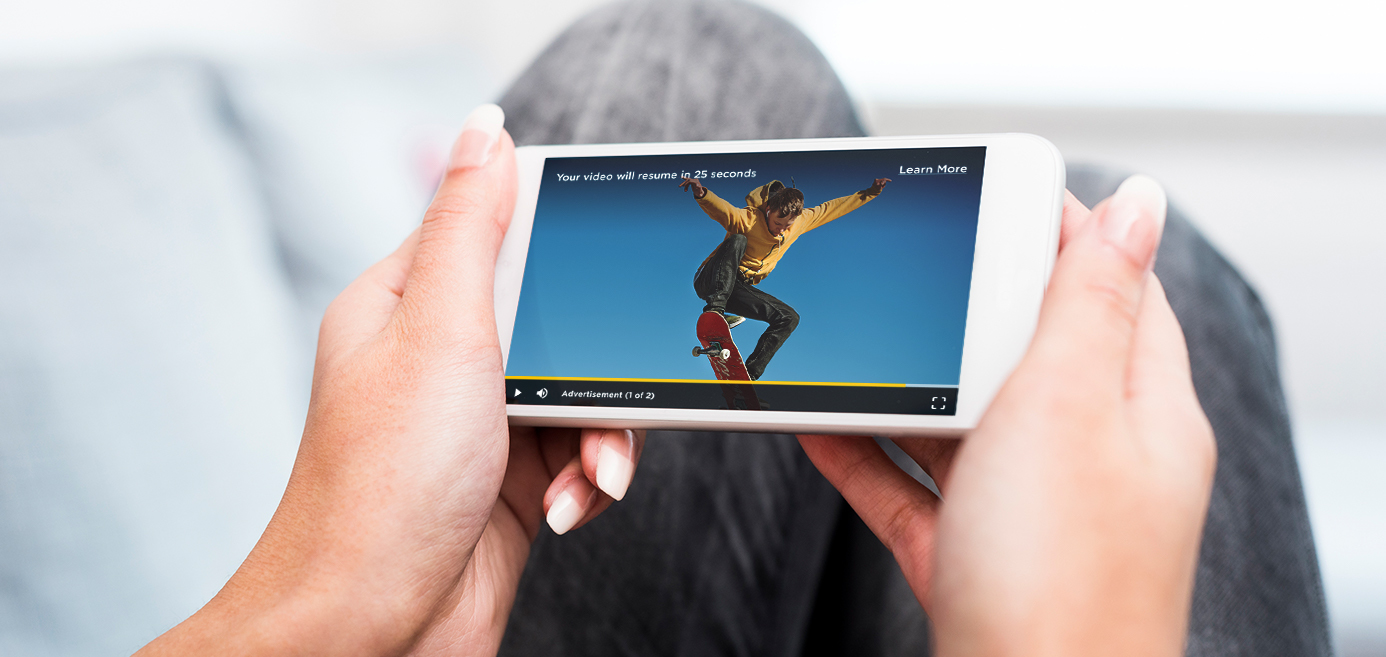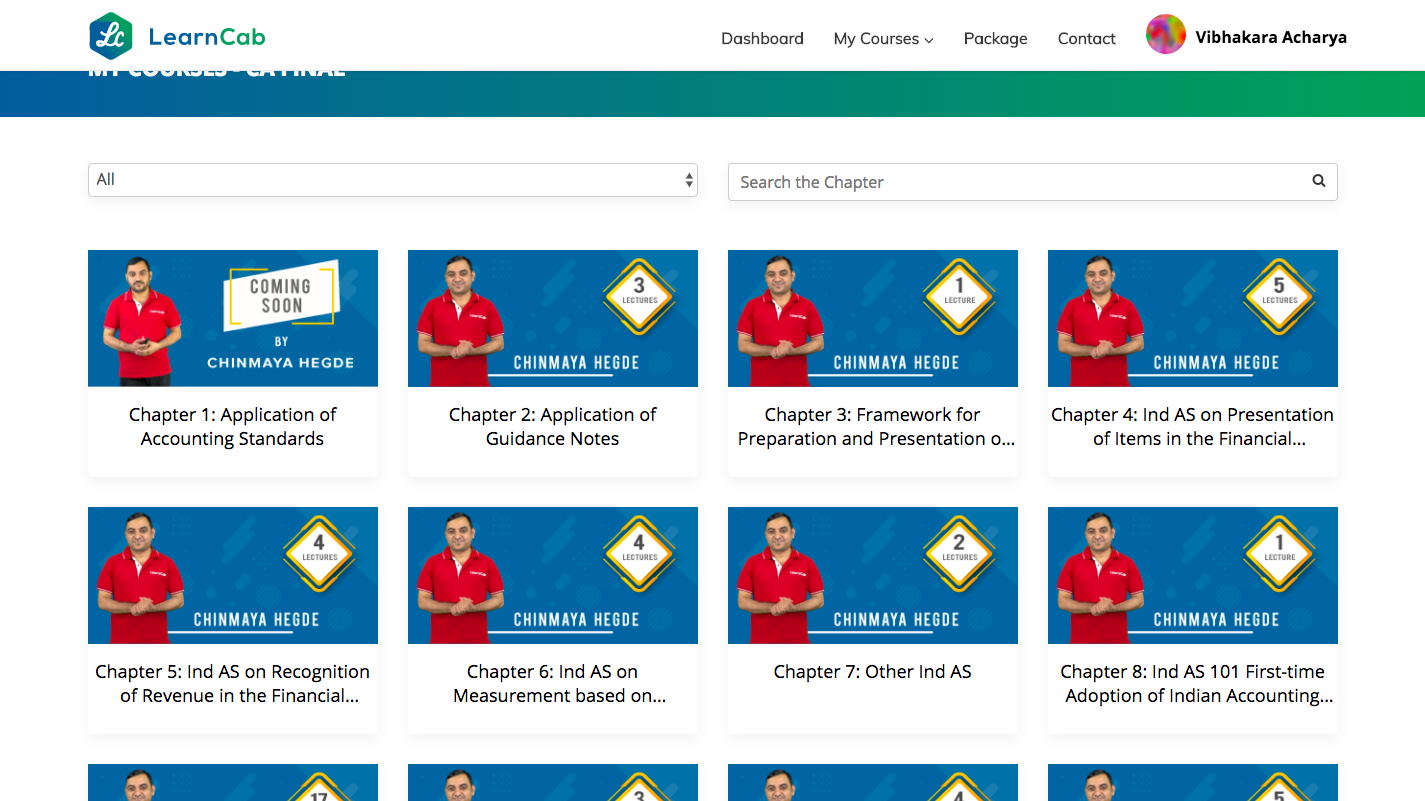STRATEGIES FOR INCORPORATING VIDEO INTO A SALES CYCLE
bsp-admin-1 on January 15, 2019
Video is a huge part of our customer journey here at Brightcove. From nurture emails to product pages, we leverage video content across a wide variety of channels. By doing so, we give prospects and current customers deeper, more personalized insight into our suite of product offerings—while also showcasing our company culture.
And we’re not the only ones who see the value of incorporating video into a sales strategy. According to Wyzowl’s recent research, The State of Video Marketing 2018, 76 percent of marketers say video helped them increase sales. And, on the buyer side, 81 percent of consumers have been convinced to purchase a service or product by watching a brand video.
It’s clear that video can be a powerful tool to drive buying decisions, but let’s dive a bit deeper into the types of video assets that your sales team can use to fuel their conversations with leads.
EMPLOYEE BIO VIDEOS
In a world where prospects and customers could be thousands of miles away, there’s something really valuable about putting a Brightcove face to a name. That’s one of the many reasons why we create Meet Your SDR (sales development rep) and Meet Your AM (account manager) videos, in which a team member introduces themselves and their role—and highlights some compelling ways they think brands can grow their businesses with our video suite.
We incorporate Meet Your SDR videos into our early-stage nurture campaigns as a way to introduce cold prospects to their sales rep. Our sales team also links to these assets in their signature lines and leverages them in their own outreach sequences to help warm current leads.
Similarly, we leverage Meet Your AM videos to introduce our customers to their account managers. These assets serve to nurture and expand our current customer base, and our team incorporates them into email sequences and their signature lines. We also use these videos in our ABM advertising campaigns targeted at our customer base.
Overall, these types of employee bio videos are really valuable because they help prospects and customers see the people behind the brand and become familiar with a specific point of contact. If you’re interested in setting a more casual, relaxed tone with your audience, this could be the perfect medium through which to do it. In these cases, you can forget the script and encourage your team to share fun facts and other interesting tidbits that help the prospect or customer feel like they’re really getting to know their rep or account manager.
CUSTOMER CASE STUDY VIDEOS
In the B2B space, it’s important to remember that a prospect often need brands to provide specific proof points that they can leverage to justify a new purchase to their boss. Here’s where customer case studies can be extremely valuable when it comes to moving contacts along the sales funnel.
Of course, written case studies are valuable on their own, but adding a video into the equation ups the ante. When prospects see and hear your current customers talking about how your products have helped them achieve a particular goal or streamline a specific process, the message will resonate with the new contact on a more emotional level. These assets help sales teams establish trust with prospects—and convey the concept of “we’re not just tooting our own horn here.”
INTERACTIVE VIDEOS
Ready to take your sales videos to the next level? Consider incorporating interactivity. Interactive videos can help engagement rates soar, as you’ll be putting your prospect or customer in the driver’s seat—giving them the ultimate control over the content they’re viewing. Depending on your specific needs for the video in question, you can incorporate polling, quizzes, chaptering, and more.
When it comes to sales, interactive videos can be a great way to generate new leads or convert current ones. Your team can make these assets more personal, and have a rep or account manager guiding their audience through the interactive elements. For example, you can create an interactive quiz that helps prospects understand which product suite could be the right fit for their business. Or you could repackage some of your evergreen content as an interactive guide to help establish your industry expertise. No matter which path you choose, you can leverage in-video CTAs to encourage prospects or customers to take a next step, such as scheduling a meeting with a rep.
By introducing video assets into different stages of the customer conversation, you can increase engagement and encourage prospects to make their way through the funnel. How do you plan to make video a part of your sales strategy?











